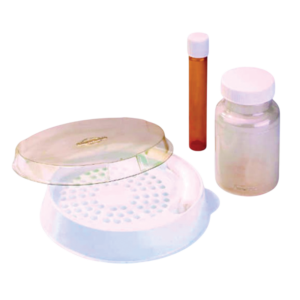Easy
- Distinct magenta color is easy to see.
- Ease of use simplifies training.
- Unit-dosed packaging eliminates media preparation.
- Quality Control (QC) procedure can be done in 15 minutes.
Rapid
- Less than 1 minute of hands-on time.
- Detects coliforms and E. coli simultaneously in 24 hours or less.
- No confirmations needed.
- No glassware cleaning or colony counting.
Accurate
- Definitive results at 24 hours; can be read up to 48 hours.
- Identifies E. coli specifically, eliminating unneeded public notification due to non-target organisms.
- Suppresses up to 2 million heterotrophs per 100 mL.
- Eliminates the subjective interpretation found in traditional methods.
- Detects a single viable coliform or E. coli per sample.
Economical
- Minimizes evening and weekend work.
- Up to 12-month shelf life at room temperature.
Flexible
- The Colisure Test can be used for presence/absence (P/A) or quantification testing.
- Quanti-Tray provides counts to 200/100 mL without dilutions.
- Quanti-Tray/2000 provides counts to 2,419/100 mL without dilutions.

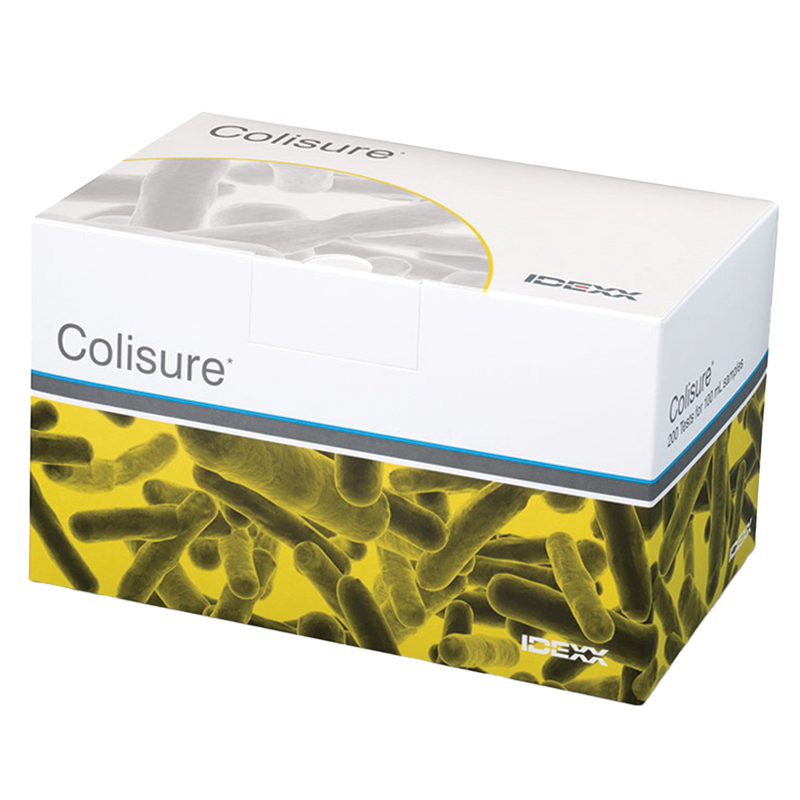
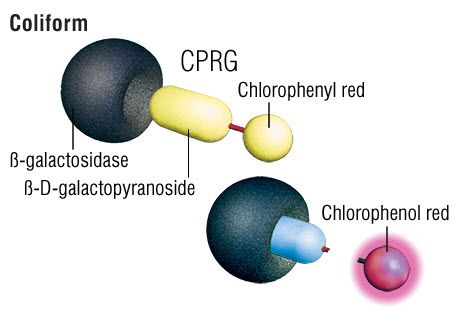
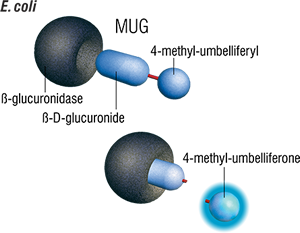
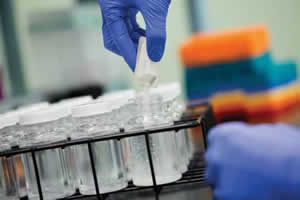 Add reagent to sample and incubate at 35 ± 0.5°C for 24 hours.
Add reagent to sample and incubate at 35 ± 0.5°C for 24 hours.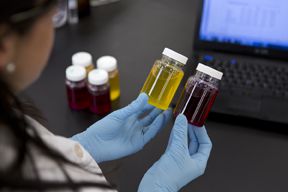 Read results:
Read results: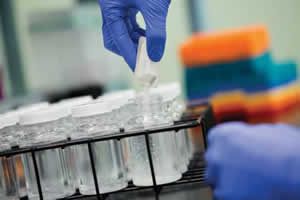 Add reagent to sample.
Add reagent to sample.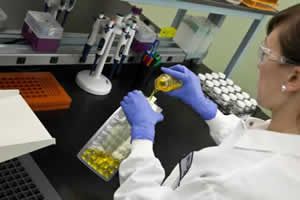 Pour into
Pour into 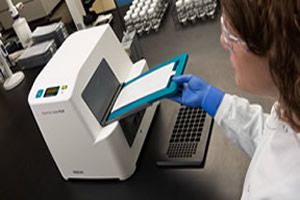 Seal in
Seal in 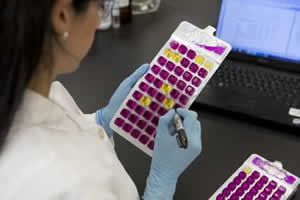 Quanti-Tray—Read results:
Quanti-Tray—Read results: